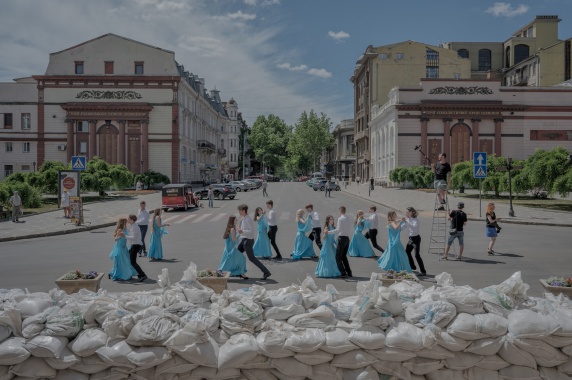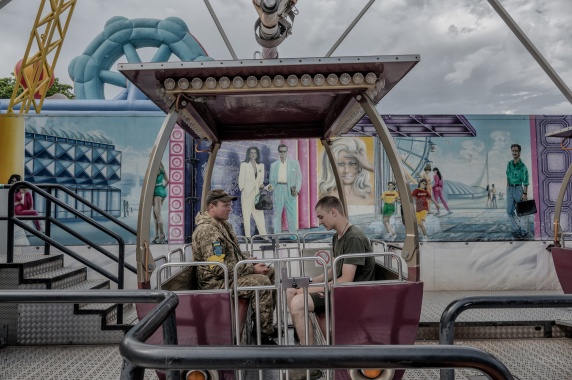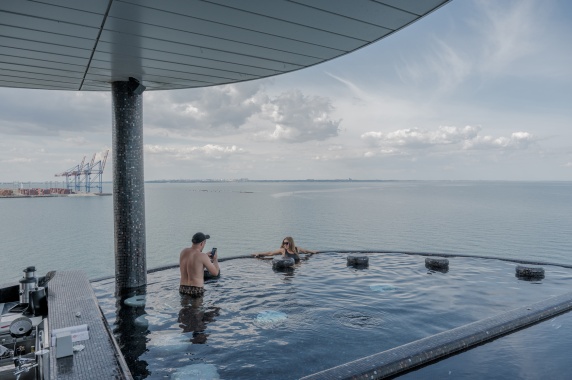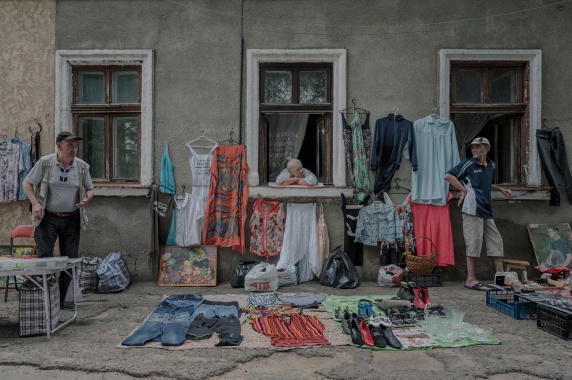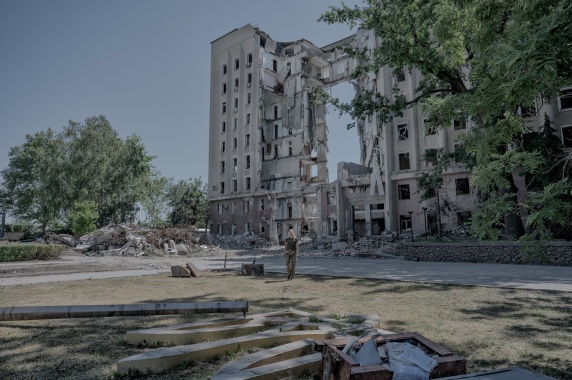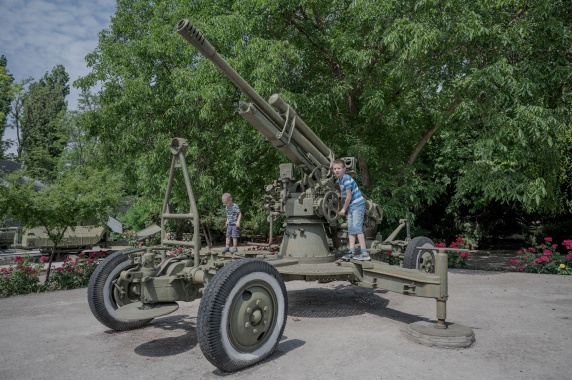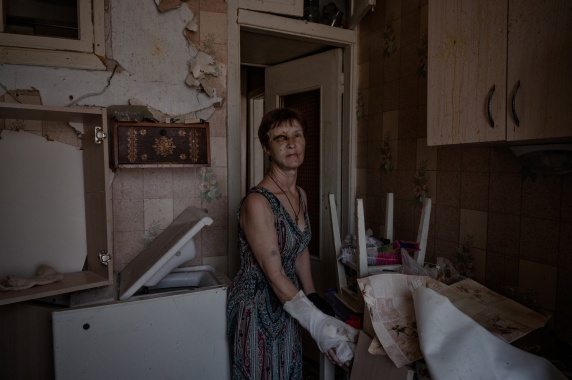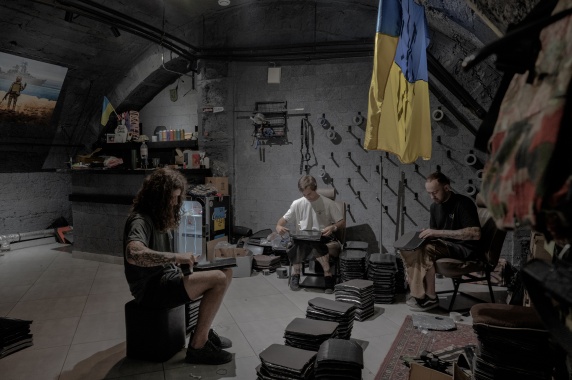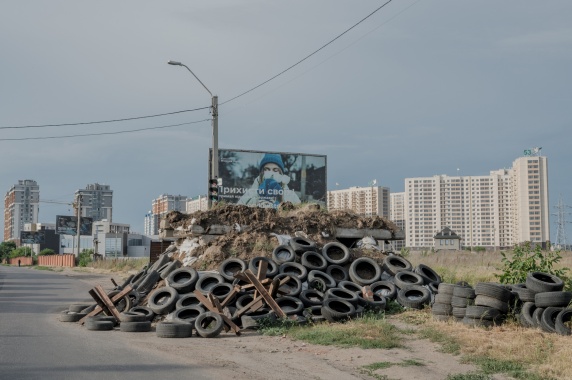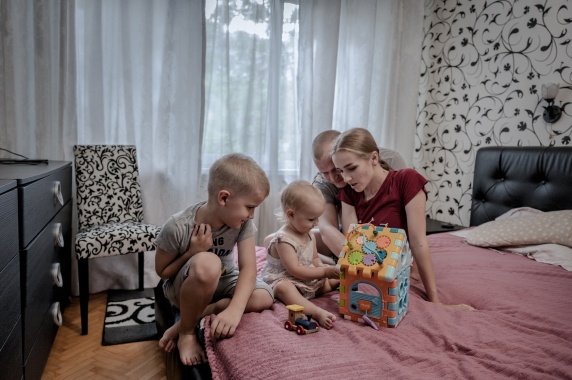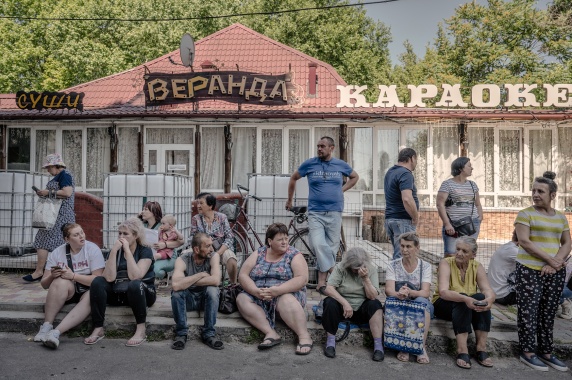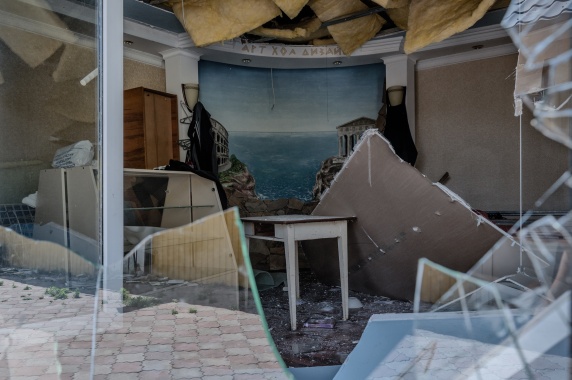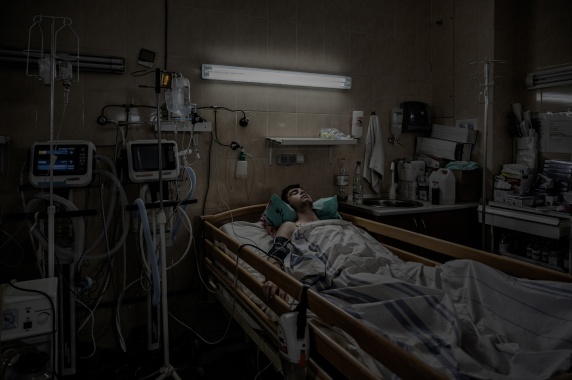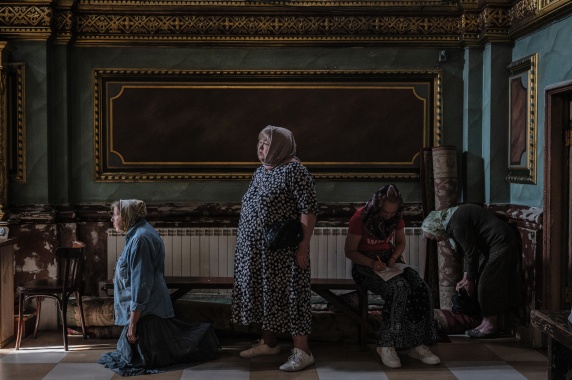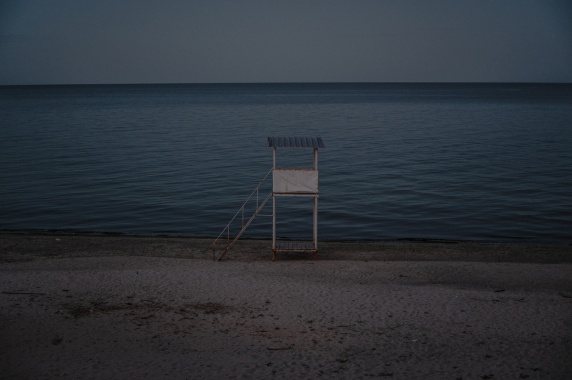Laetitia Vançon: Tributes to Odesa
What does living in a state of war look like? The French photographer travelled to Odesa in June, 2022, to capture daily life for the Ukrainian population there. Her series offers a testimony to humanity, hope and courage, during devastating times; and speaks of how life continues, despite adverse circumstances.
The first rockets struck at the time when silence is at its greatest, sleep at its deepest, and worry at its lowest. On February 24, 2022, at between four and five in the morning, Russia launched its brutal attack on Ukraine – shocking, angering and saddening both the local population and the entire world. Overnight, the strategically important port city of Odesa became a pivotal point for the war: on the one hand, because the city is the gateway to the Black Sea; on the other, because a specific conflict exists there between Russian and Ukrainian identity, between the imperial past and a democratic future. “This is the city of fierce independence and stubborn inclusiveness, which symbolizes everything Mr. Putin wants to annihilate in Ukraine,” Vançon explains.
The French photographer travelled to the city of millions, four months after the war began, with the intention of recording people’s lives there. She arrived in June, the beginning of spring. Somehow, after the terrifying winter days, a certain degree of mundane normalcy seemed to have returned: children at play, people sitting in street cafés, women attending morning mass at the Orthodox church. Yet, the terrible war continued to rage behind this cosy-looking scenario, drawing ever closer and threatening the city. Sand bags, anti-tank barriers and destruction – Vançon’s images speak of a routine, but with a backdrop of war that has wormed its way into people's daily lives like a parasite, and now permeates every aspect of social life.
“When finding motifs for my photographs in Odesa or any other location, I seek to capture scenes that evoke a sense of place and convey the unique atmosphere and feeling of the city.”
Her images are snapshots documenting living and surviving, amid signs of solidarity and cohesion. Lines of people, queuing for food and water, stand at the humanitarian aid centre in Mikolajiv, around 100 kilometres away from Odesa. In the background, Russian Cyrillic letters are still emblazoned on the walls of houses, and words like “karaoke” and “veranda” are like relics of times past. “I aimed to establish visual connections, like bridges, between the representatives of the present and the historical landmarks that serve as pillars of the city’s heritage and symbolism,” Vançon remembers. “By intertwining these elements, my intention was to create a visual narrative that not only portrayed the current state of affairs, but also paid tribute to the enduring historical significance of the town.”
“By photographing these moments, I decided to show what it takes to keep going, even in the darkest of times; the courage and resilience of a nation that chooses life at all costs, and remains hopeful, despite the difficulties.”
Inspired by artists such as Johannes Vermeer and Édouard Manet, Vançon captures intimate moments and the beauty of simple gestures, in painterly pastel colours and gentle hues - moments imbued with feelings of calm and harmony, despite the impending danger. The message she hopes her pictures will convey is: thanks to the strength of the community, life in Odesa somehow manages to forge ahead. The city feels that the embattled land it belongs to is more Ukrainian than Russian.
Vançon’s project was proposed by Gaia Tripoli, who was among this year’s 60 international LOBA nominators.
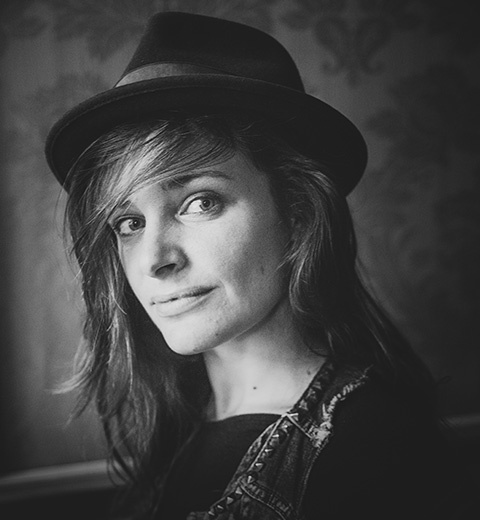
Laetitia Vançon
Born in 1979, the French photographer currently lives in Munich. She has worked all over the world for the past seven years. In 2022, The New York Times commissioned her to document the Ukrainian refugee crisis in Hungary, Moldova and Georgia. Other work soon followed, capturing the increasing political tension at the Transnistrian and South Ossetian borders. Her photographic stories guide viewers to a better understanding of the world.
Portrait: © Manu Theobald
